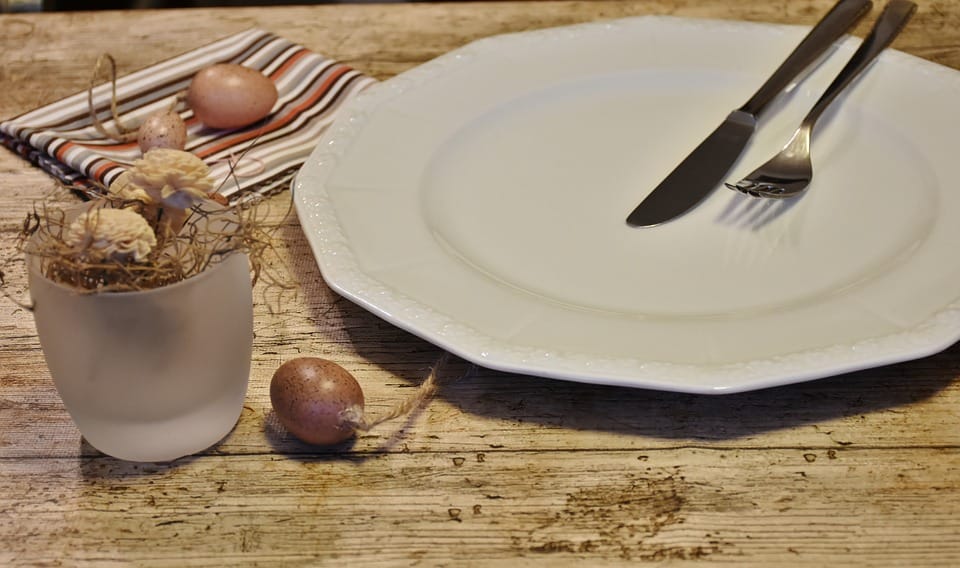How to Sharpen Your Pocket Knife: A Beginner’s Guide
As a pocket knife owner, it’s essential to maintain your trusty companion by keeping its blade in top condition. A dull knife is not only a safety hazard but also inconvenient for everyday use. In this comprehensive guide, we’ll walk you through the process of sharpening your pocket knife, ensuring it remains a reliable and trusted tool for various tasks.
The Importance of Sharpness
Why is sharpness crucial?
- A sharp knife is safer: A dull blade can slip and cause accidents, while a sharp one remains more stable and controlled.
- Easier to use: A sharp knife glides through tasks with ease, saving time and effort.
- Better performance: A sharp blade can perform more precise cuts and slices, making it ideal for various applications.
The Science Behind Sharpening
Understanding the sharpening process
- EDGE TECHNOLOGY: Pocket knives have a curved or angled edge, known as the "edge technology." This design allows for more efficient sharpening, as it reduces the need for extensive contact with the sharpening tool.
Choosing the Right Sharpening Tool
Whetstone vs. Diamond Stone
| Whetstone | Diamond Stone |
|---|---|
| forgiving | less forgiving |
| gentle | aggressive |
| traditional | modern |
Whetstones are for beginners or those with less experience, as they provide a more forgiving sharpening process. Diamond stones are better suited for advanced users, as they offer a more aggressive sharpening experience.
Nevertheless, Electric Sharpeners
Electric sharpeners are an alternative to manual sharpening methods. They are:
- Fast: Quickly sharpen your knife, saving time
- Easy: Simple to use, with minimal physical effort
- Accurate: Consistent results, every time
Sharpening Techniques
Honing Stone Method
- Prepare the Stone: Soak the whetstone in water for 10-15 minutes to prevent pitting and ensure a smooth sharpening process.
- Brush the Blade: Wipe the blade with a dry cloth, removing any debris or oils. This ensures a clean sharpening surface.
- Align the Edge: Position the blade at a 20-degree angle, with the edge facing you.
- Start Sharpening: Slowly draw the blade across the stone, maintaining the angle and applying light pressure. Repeat for 3-4 passes.
- Inspect and Repeat: Check the edge for sharpness. If not sharp, repeat the process, gradually decreasing the angle and increasing pressure until desired sharpness is achieved.
Diamond Stone Method
- Prepare the Stone: Wet the diamond stone and apply a small amount of lubricant, such as oil or water.
- Brush the Blade: Wipe the blade with a dry cloth, removing any debris or oils.
- Align the Edge: Position the blade at a 20-degree angle, with the edge facing you.
- Start Sharpening: Slowly draw the blade across the stone, maintaining the angle and applying moderate pressure. Repeat for 3-4 passes.
- Inspect and Repeat: Check the edge for sharpness. If not sharp, repeat the process, gradually decreasing the angle and increasing pressure until desired sharpness is achieved.
Electric Sharpener Method
- Brush the Blade: Wipe the blade with a dry cloth, removing any debris or oils.
- Place the Blade: Position the blade in the electric sharpener, following the manufacturer’s guidelines.
- Start Sharpening: Turn on the sharpener and let it do the work for you.
- Inspect and Repeat: Check the edge for sharpness. If not sharp, repeat the process until desired sharpness is achieved.
Tips and Tricks
- Maintain a consistent angle: This ensures a smooth sharpening process and prevents accidental scratches.
- Use gentle pressure: Avoid applying too much pressure, as this can damage the blade or sharpening tool.
- Keep the sharpening area clean: Regularly clean the sharpening area to prevent debris accumulation and ensure a smooth process.
- Store your knife correctly: Store your pocket knife in a dry, secure location to prevent rust and damage.
Conclusion
In conclusion, sharpening your pocket knife is an essential part of maintaining its performance and longevity. By understanding the science behind sharpening, choosing the right tool, and following the proper techniques, you’ll be able to achieve a sharp, reliable, and safe blade. Remember to always follow the manufacturer’s guidelines and take necessary precautions to ensure a safe and successful sharpening experience.
Frequently Asked Questions
- How often should I sharpen my pocket knife?
- It depends on usage; ideally, once a month for moderate use.
- What is the best sharpening tool for a pocket knife?
- It’s a personal preference; whetstone or diamond stone for beginners, electric sharpener for advanced users.
- Can I use a piano hone for sharpening my pocket knife?
- Yes, but it’s not recommended, as it can damage the blade or sharpening tool. Stick to specific sharpening tools.
- How do I store my pocket knife?
- In a dry, secure location, away from direct sunlight, to prevent rust and damage.
- Can I sharpen my pocket knife myself, or should I take it to a professional?
- It’s recommended to start with a professional sharpener, especially if you’re new to sharpening. With experience, you can transition to self-sharpening.
Appendix
Additional Resources
Final Thoughts
In this comprehensive guide, we’ve covered the fundamentals of sharpening your pocket knife, from understanding the science behind sharpening to choosing the right tools and techniques. Remember to stay vigilant, as a dull knife can be a safety risk, and regular sharpening is key to maintaining your knife’s performance and longevity. Happy sharpening!
